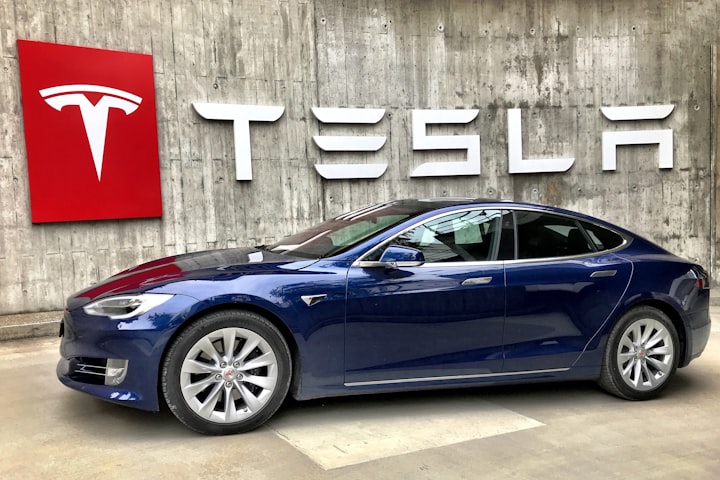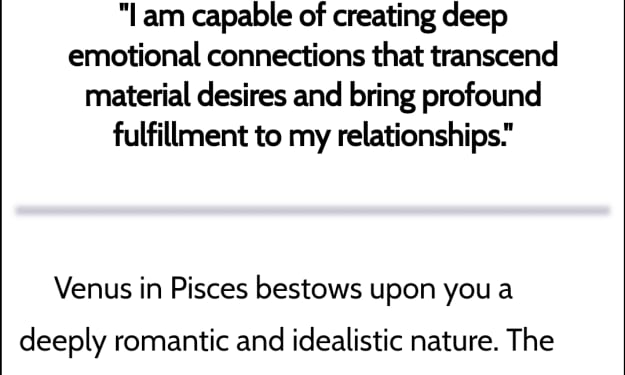WHY INDIA HAVE MOST POOR PEOPLE IN THE WORLD
POOR PEOPLE STORY

India is a country with a population of over 1.3 billion people, and it is home to one of the largest populations of poor people in the world. Poverty in India is not just a lack of income or resources, it is a complex issue that affects every aspect of a person's life, including their health, education, and access to basic necessities. In this blog post, we will discuss the plight of poor people in India, their living conditions, and the challenges they face in their daily lives.
To begin with, it is important to understand that poverty in India is not evenly distributed across the country. The majority of the poor people in India live in rural areas, where they lack access to basic infrastructure like clean water, sanitation facilities, and healthcare. According to the World Bank, nearly 70% of India's poor population lives in rural areas, and they often work in the agriculture sector, which is vulnerable to the effects of climate change, low productivity, and price fluctuations.
The living conditions of poor people in India are often characterized by overcrowding, lack of sanitation, and inadequate housing. Many of them live in slums or shantytowns, where they have to contend with poor air quality, contaminated water, and lack of access to basic healthcare services. These living conditions make them more vulnerable to diseases like tuberculosis, diarrhoea, and respiratory infections, which are major causes of morbidity and mortality in India.
Another major challenge faced by poor people in India is access to education. Many of them cannot afford to send their children to school, and even those who do often have to contend with poor quality education, inadequate infrastructure, and lack of trained teachers. As a result, illiteracy rates are high among the poor in India, particularly among women and girls. This lack of education further perpetuates the cycle of poverty, as it limits their ability to secure better-paying jobs and improve their economic status.
Access to healthcare is another major challenge faced by poor people in India. While India has made significant strides in reducing the burden of communicable diseases like polio and measles, non-communicable diseases like diabetes, cardiovascular disease, and cancer are on the rise. Poor people in India often cannot afford the cost of healthcare services, and even when they do seek treatment, they may have to travel long distances to access healthcare facilities.
One of the most pressing challenges faced by poor people in India is malnutrition. According to the World Health Organization, India has one of the highest rates of malnutrition in the world, with nearly 50% of children under the age of five being stunted. Malnutrition not only affects physical growth but also has long-term effects on cognitive development, learning ability, and productivity. Poor people in India often cannot afford nutritious food and have to rely on cheaper, less nutritious options.
In addition to these challenges, poor people in India also face discrimination and social exclusion. India's caste system, which is deeply entrenched in society, often restricts access to education, healthcare, and employment opportunities for those at the bottom of the social hierarchy. Discrimination on the basis of gender, religion, and ethnicity also affects the ability of poor people to access basic services and opportunities.
In conclusion, poverty in India is a complex issue that requires a multifaceted approach to address. The Indian government has taken several measures to alleviate poverty, including social welfare programs, rural development schemes, and investment in infrastructure. However, much more needs to be done to improve the living conditions of poor people in India and give them access to basic services like education, healthcare, and nutritious food. It is also important to address the systemic issues that perpetuate poverty, such as discrimination and lack of access to economic opportunities. Only by addressing these challenges can we hope to create a more equitable and just society






Comments
There are no comments for this story
Be the first to respond and start the conversation.